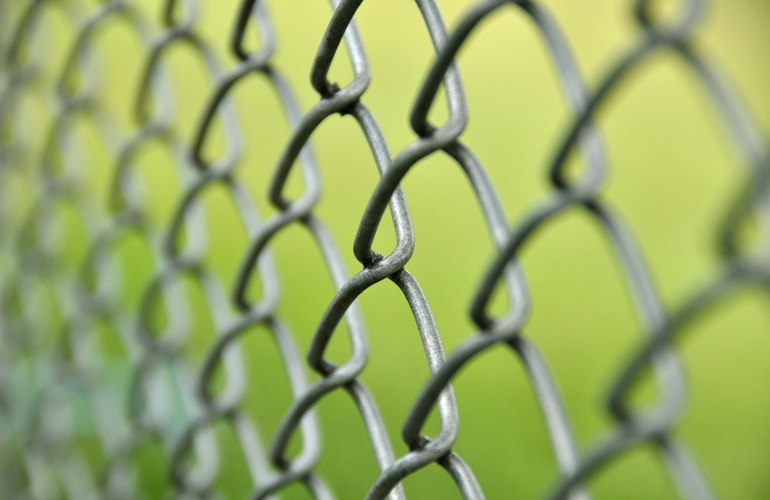nov . 10, 2024 23:11 Back to list
Optimal Support Posts for Durable Gabion Wall Construction
Best Gabion Wall Support Posts A Comprehensive Guide
Gabion walls have gained tremendous popularity in recent years due to their versatility, durability, and aesthetic appeal. Constructed using wire mesh baskets filled with stones or other materials, these walls provide excellent structural support and are often used for landscaping, erosion control, and even sound barriers. However, to maximize their effectiveness, it is crucial to utilize the right support posts. In this article, we’ll explore the best types of gabion wall support posts, their functions, and tips for installation.
Understanding Gabion Walls and Their Needs
Gabion walls consist of cages filled with rocks, gravel, or other materials. While the gabions themselves provide considerable weight and stability, incorporating support posts can enhance the durability of the structure, especially in areas facing high wind loads or substantial earth pressure. Support posts help to maintain the integrity of the wall and can significantly increase its lifespan.
Types of Support Posts
Several types of support posts can be used with gabion walls
1. Steel Posts Galvanized steel posts are among the best options for supporting gabion walls due to their strength and corrosion resistance. They can withstand substantial loads and are typically available in various sizes to accommodate different wall heights and configurations. Additionally, steel posts can be easily anchored into the ground or concrete footings for added stability.
2. Wooden Posts Treated wooden posts offer a natural aesthetic that can blend well with the environment. While they may lack the durability of steel, they are generally easier to install and can be used in lower-height applications. It’s essential to choose high-quality pressure-treated wood to resist moisture and pests, ensuring a longer lifespan.
3. Concrete Posts Precast concrete posts provide excellent stability and can be used in areas where high wind or earth pressure is a concern. They are often heavy and provide a solid base for gabion walls. However, they can be more challenging to install due to their weight and require heavy machinery for placement.
4. Composite Posts Composite materials can offer a sustainable alternative to traditional support posts. These materials are often made from recycled plastics and wood fibers, providing durability and resistance to moisture and insects. While composite posts may be less common, they can be an eco-friendly option for gabion wall support.
Key Considerations for Choosing Support Posts
When selecting the best support posts for your gabion wall, consider the following factors
best gabion wall support posts

- Load-bearing Capacity Assess the height and length of your gabion wall to determine the load-bearing requirements for your support posts. Steel posts are typically the best choice for taller walls, while wooden or composite posts may suffice for shorter structures.
- Environmental Conditions Consider the climate and soil conditions of your building site
. Regions with high moisture or significant tectonic activity may benefit from the corrosion resistance of steel or concrete posts.- Aesthetic Preferences If visual appeal is a significant concern, wooden or composite posts may align better with your design goals, providing a more natural look compared to the industrial appearance of steel or concrete.
- Budget Lastly, consider your budget when choosing support posts. While steel offers durability, it can be more expensive upfront compared to other materials. However, your choice should also factor in the long-term durability and maintenance costs.
Installation Tips
Proper installation of support posts is crucial for the stability of your gabion wall. Here are some key steps
1. Site Preparation Clear the area where the gabion wall will be constructed, ensuring the ground is stable and level.
2. Post Placement Depending on the type of post chosen, dig holes that are deep enough to accommodate the posts securely. For steel and concrete posts, concrete footings may be necessary.
3. Leveling Ensure that each post is vertical and level before securing it in place. This will provide a solid base for the gabion units that will be placed against it.
4. Backfilling Once the posts are set, fill the area around them with gravel or soil to ensure proper drainage and stability.
By selecting the right support posts and following proper installation techniques, you can create a robust and long-lasting gabion wall that enhances your landscape while providing the necessary support for years to come. Whether you choose steel, wood, concrete, or composite materials, understanding the strengths and applications of each type will ensure your project is successful.
-
Installation Tips for Gabion Wire Baskets in Erosion Control Projects
NewsJul.21,2025
-
High-Quality Gabion Basket Barriers for Retaining Wall Systems
NewsJul.21,2025
-
Gabion Welded Wire Mesh Applications in Flood Prevention Systems
NewsJul.21,2025
-
Designing Aesthetic Gabion Wall River Bank
NewsJul.21,2025
-
Creative Garden Gabion Baskets Designs Blending Form and Function
NewsJul.21,2025
-
Cost-Effective Gabion Mesh Panels
NewsJul.21,2025
-
Understanding Load-Bearing Capacity of Gabion Boxes
NewsJul.17,2025






